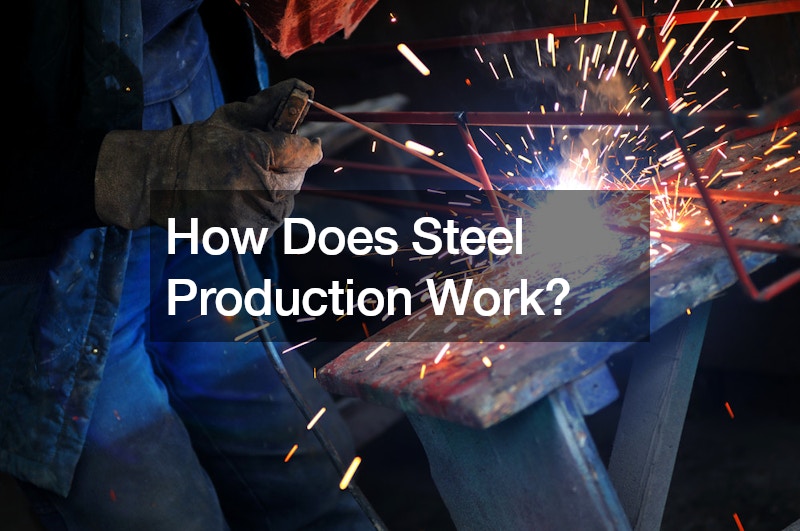Understanding how steel production works provides insights into the manufacturing process behind this versatile and essential material. At a steel supply warehouse, raw materials such as iron ore, coal, and limestone are received and stored before undergoing processing. The steelmaking process typically begins with the conversion of iron ore into molten iron in a blast furnace.
The iron ore is smelted with coke (a form of coal) and limestone, which serve as fuel and flux, respectively, to remove impurities and produce molten iron. This molten iron is then transported to a steelmaking facility, where it undergoes further refining and alloying to achieve the desired properties.
In the steelmaking facility, the molten iron is subjected to processes such as a basic oxygen furnace (BOF) or electric arc furnace (EAF) to convert it into steel. These processes involve adjusting the composition and temperature of the molten iron, adding alloying elements such as carbon, manganese, and chromium, and removing impurities through oxidation or slag formation.
Once the steel is refined and alloyed to specifications, it is cast into various shapes and sizes, such as ingots, blooms, billets, or slabs, depending on its intended use. These semi-finished products are then further processed through rolling, forging, or extrusion to produce finished steel products tailored to specific applications, ranging from construction materials to automotive parts and appliances. By understanding the intricacies of steel production, stakeholders in the steel supply chain, including manufacturers, distributors, and end-users, can effectively manage inventory, optimize production processes, and meet the demands of diverse industries.



